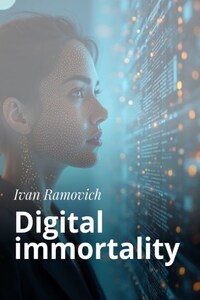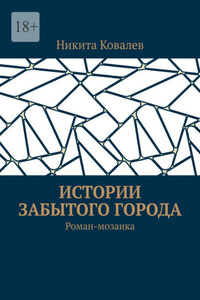Got money, got time – you can do something. If you run out of money, you can always earn more. If you run out of time, you can’t do anything.
In old age many people are ready to accept death because they do not see the possibility to realize their goals, because of the infirmity of body and mind.
And in youth those who have no global life goals at all are ready to accept death.
Many people have never even thought about immortality, simply because there is no time – work, credits, family. Ordinary people have pseudo-important mini-goals that eat up all their attention. That’s how they roll until they get old.
Because most people lack ambitious goals, the idea of immortality seems unattractive to people. It was not the healthiest and strongest who survived in concentration camps, but those who understood what they had to live for. No one wants to pay a mortgage or work in a factory forever.
Those who have time to think seriously end up either self-destructing (drugs, alcohol, promiscuous sex, desire to die) or self-developing and improving the world around them.
I’m not downplaying the importance of immortality, but it’s just a tool in the fight for the common good. We have really important things to do – scientific and technological progress, building a just society, expansion of humanity in the universe.
However, any large-scale project depends heavily on specific individuals. Geniuses die before they can finish what they started. For immortals there are no unattainable tasks. Each person will reveal his or her potential if he or she has enough time.
Chapter 1: Transhumanism and Digital Immortality
Transhumanism is a movement that grew out of humanity’s desire for self-improvement and overcoming biological limitations. Beginning as an intellectual movement in the middle of the 20th century, transhumanism quickly evolved into a multidimensional scientific and philosophical movement that envisions the use of technology to expand human capabilities.
1- Technology should be used not only to cure diseases, but also to enhance the natural abilities of human beings. This includes genetic modifications, cybernetic implants, and neural interfaces that can improve memory, intelligence, physical strength, and endurance.
2- One of the central aspects of transhumanism is combating the aging process. Research in regenerative medicine, nanotechnology, and genetics aims to not only extend life, but also to make its quality independent of age.
Digital immortality is a logical extension of such ideas. If the biological body can be improved, why not go to the next step – to the preservation of consciousness outside the biological substrate. With the advent of computer neural networks, the concept of creating a digital copy of a human being is becoming more and more realistic. But why would a person strive to create such a copy?
The biological body has its limits: limited lifespan, propensity to disease, physical and mental limitations. A digital copy offers a solution to these problems:
– Cybernetic bodies or virtual personalities don’t age, don’t get sick, and can live forever. Living digitally frees us from the need to eat, sleep, and even rest as we understand it. In virtual space there is no limit to the number of «inhabitants», everyone can have as much «space» as they need. Energy for existence can be derived from a variety of sources, not limited to biological processes.
– One of the most revolutionary aspects of digital immortality is the ability to create backups. This means that in the event of some malfunction or disaster, identity can be restored, virtually eliminating the concept of «death» in the traditional sense.
– Unlike slow and unpredictable biological evolution, a virtual life form can adapt quickly. This means the ability to quickly download new skills or use a different physical body, adapting to current tasks.
– Digital existence allows for easy preservation and transfer of experiences. Instead of next-generation learning, knowledge can simply be copied, greatly accelerating progress and education. Intelligence is not tied to brain size or structure. Intelligence can be scaled, adding computing power as needed.
Leaving behind not only a material legacy, but also an intellectual and emotional legacy is one of the deepest human needs:
– A digital copy allows future generations to interact with «ancestors» in an interactive way. Such copies can serve as teachers, mentors, and guardians of knowledge, passing culture and science down through the ages.
![]()
– For many, work or creativity forms a significant part of their lives. Creating a digital entity that shares the principles, ideals, and interests of the original means that these aspects of the individual can continue to influence the world. Important projects, research, and creative endeavors can be carried on by the digital twin when the biological original is no longer able to do so.








